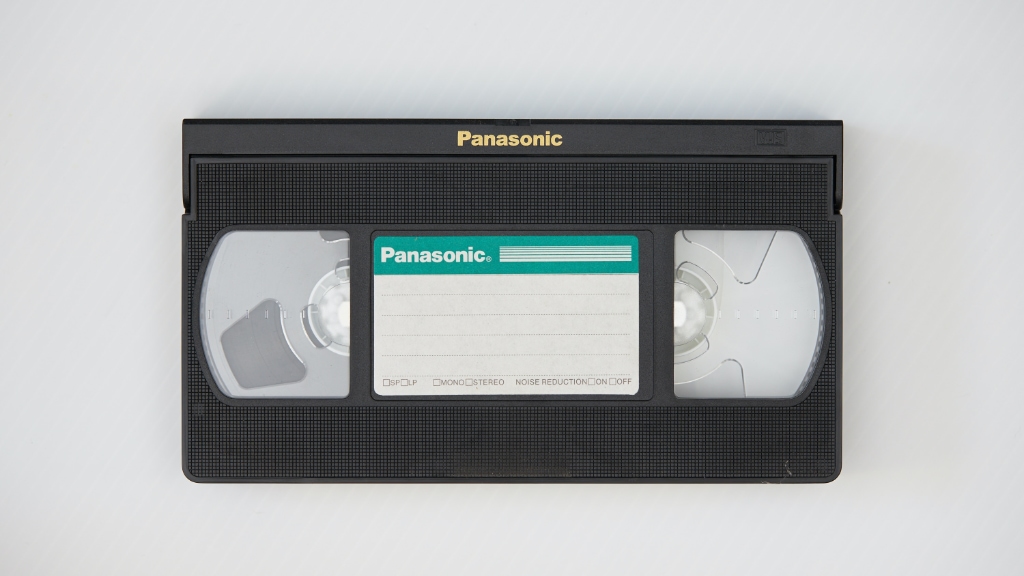It is very useful, but also quite a pain to work with custom metadata in mp4 files with AVFoundation. Let's bridge the undocumented gaps and get it to work.
Mathijs Kadijk, Tom Lokhorst

tldr; Write custom metadata to mp4 files using the .isoUserData key space with 4 character keys and set the value as NSData, convert back both the key and value when reading.
For our app Bezel custom metadata is written into the recorded mp4 file. Information like the the make & model of the recorded device and some version information is there to later on be able to convert it into an interesting looking video. Adding this extra information directly into the file is pretty convenient as it can't get lost or get mixed up.
However once we tried to write out metadata to the mp4 file the data often just didn't show up at all. No errors where reported, it just wasn't there. Turned out writing custom metadata to a mp4 container is much more restricted compared to a QuickTime container used in .mov files.
Perfect for app demos & presentations; Simply plug in an iPhone and it automatically shows up on your Mac.
The basics are pretty well explained in older resources. The WWDC video "Harnessing metadata in audiovisual media" from WWDC14 gives a great overview, the Apple code samples AVMetadataRecordPlay and AVTimedAnnotationWriter released around the same time also contain great (Objective-C) example code showing how to work with metadata. Sadly that video isn't hosted by Apple anymore, but you still can find an unofficial mirrors on YouTube.
If you want to read the data from audiovisual files use the metadata property on AVAsset and AVAssetTrack. To write it out use the metadata property on their counterparts AVAssetWriter and the AVAssetWriterInput.
Set that property with an array of AVMetadataItem objects. That data will be written out by the asset writer, note that you must set the data before you start writing. Because meta data is written at the start of the file. For each AVMutableMetadataItem make sure to set the identifier, dataType and value.
// Example of writing metadata
// BEWARE: Works for mov files, but fails with mp4 files!
let item = AVMutableMetadataItem()
item.dataType = kCMMetadataBaseDataType_UTF8 as String
item.identifier = AVMetadataItem.identifier(forKey: "eu.nonstrict.example", keySpace: .quickTimeMetadata)! // Will return `nil` when identifier is invalid, should add check.
item.value = "Some value" as NSString
let assetWriter = AVAssetWriter(url: outputURL, fileType: .mov)
assetWriter.metadata = [item]
This is basically it for .mov files, since they are quite flexible with metadata. You can also put NSNumber or NSData in for other metadata as explained in the WWDC video.
If you try to write out the above metadata to a mp4 file it will fail silently. The metadata isn't added, but the file is otherwise created as expected.
To write mp4 compatible metadata the following must be done:
.isoUserData keySpace for identifiersNSData, other value types are not supportedConverting the above example to mp4 compatible code would result in something like this:
// Example of writing metadata into a mp4 file
let item = AVMutableMetadataItem()
item.dataType = kCMMetadataBaseDataType_RawData as String
item.identifier = AVMetadataItem.identifier(forKey: "xmpl", keySpace: .isoUserData)! // Will return `nil` when identifier is invalid, should add check.
item.value = Data("Some value".utf8) as NSData
let assetWriter = AVAssetWriter(url: outputURL, fileType: .mp4)
assetWriter.metadata = [item]
To quickly verify if the key was written out into the file I would recommend the mp4dump tool from Bento4. This is one of the few tools that really show all metadata, common players/tools like VLC or ffmpeg filter out all metadata that isn't known to them.
While reading back custom metadata in .mov files is very straight forward, everything is converted for you. This is less the case for mp4 files. Reading back the above item from a file would need:
NSData to a stringReading the metadata therefore needs quite some casts and checks to get back the metadata written to the file:
let item = try await AVAsset(url: assetURL).load(.metadata).first!
guard let numericKey = avMetadataItem.key,
numericKey is NSNumber,
let stringKey = decodeFourCharCode((numericKey as! NSNumber).uint32Value)
else {
fatalError("Invalid key")
}
guard let dataValue = avMetadataItem.dataValue else {
fatalError("No data value")
}
let stringValue = tring(decoding: dataValue, as: UTF8.self)
private func decodeFourCharCode(_ key: UInt32) -> String? {
guard let decodedKey = NSFileTypeForHFSTypeCode(key) else { return nil }
return String(decodedKey.dropFirst().dropLast())
}
For the recorder we created for Screen Studio JSON files are used alongside the video/audio files. This is a very good alternative, but requires to write things out into a folder and define a custom format. It also is very easy for users to alter this data or mix up files between recordings. It is however a setup way more developers will be familiar with so it can be a very good alternative in a lot of cases.
Another alternative is to switch away from the mp4 container and instead use .mov files. This is what we did for Bezel, it's way more forgiving to work with metadata in .mov files with AVFoundation. Since it's an intermediate storage that only has to be read by Bezel itself we aren't really concerned by compatibility issues that might arrise. So if you have the flexibility to switch away from mp4, I would really recommend that if you want to write out metadata.
Perfect for app demos & presentations; Simply plug in an iPhone and it automatically shows up on your Mac.